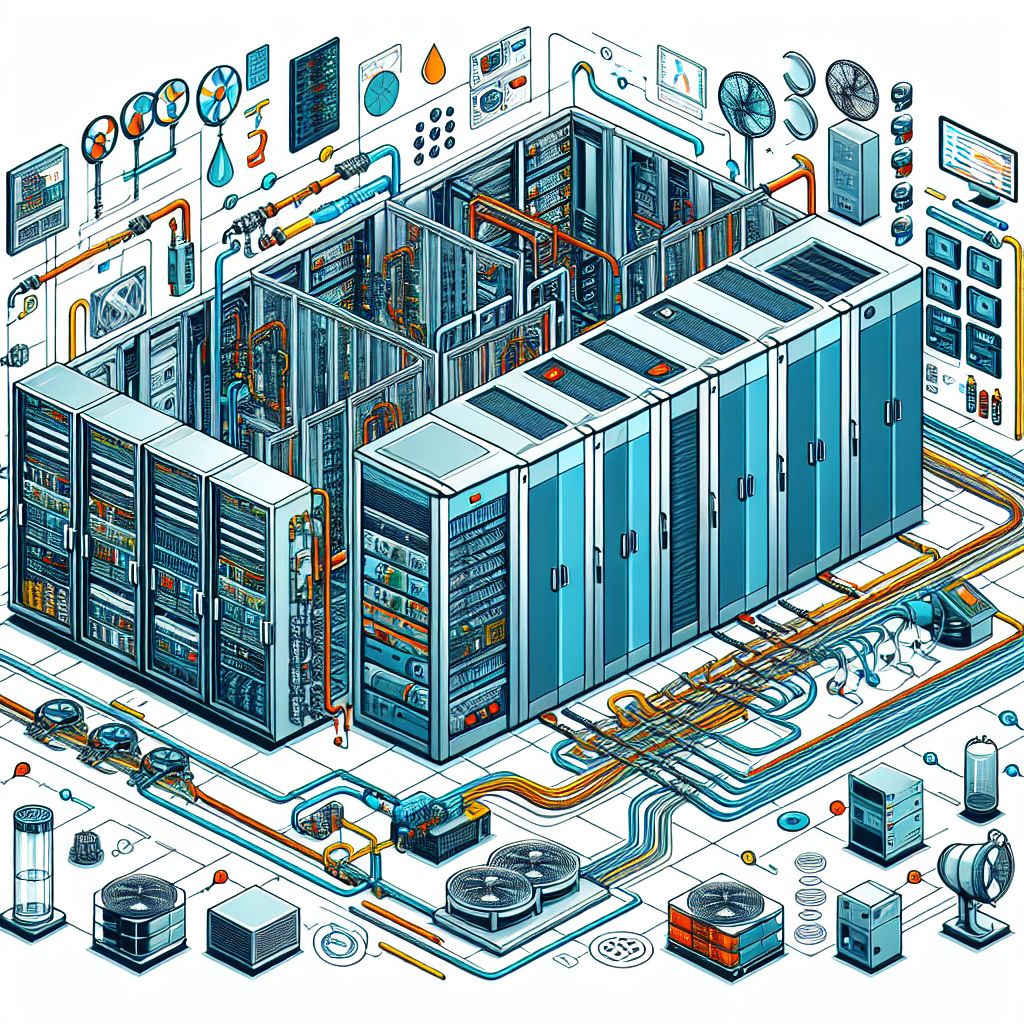Your cart is currently empty!
Understanding the Different Types of Data Center Fire Suppression Systems

Data centers are critical facilities that house a vast amount of valuable information and equipment. With the high risk of fire in these environments, having an effective fire suppression system is crucial to protect the data and ensure the safety of personnel. There are different types of fire suppression systems designed specifically for data centers, each with its own advantages and limitations. Understanding the differences between these systems can help data center operators choose the right one for their facility.
1. Water-based Fire Suppression Systems:
Water-based fire suppression systems are the most common type of fire suppression system used in data centers. These systems use water to extinguish fires by cooling the flames and reducing heat. There are two main types of water-based fire suppression systems: sprinkler systems and water mist systems.
– Sprinkler systems: Sprinkler systems consist of a network of pipes with sprinkler heads that release water when triggered by heat. These systems are effective in suppressing fires quickly and are relatively cost-effective. However, they can cause water damage to equipment and data stored in the data center.
– Water mist systems: Water mist systems use fine water droplets to extinguish fires. These systems are more effective at suppressing fires than sprinkler systems and cause less water damage. However, water mist systems are more expensive and require a higher level of maintenance.
2. Gas-based Fire Suppression Systems:
Gas-based fire suppression systems use inert gases or chemical agents to extinguish fires by removing oxygen from the fire. These systems are ideal for data centers because they do not cause water damage and can quickly suppress fires without harming equipment. There are two main types of gas-based fire suppression systems: clean agent systems and inert gas systems.
– Clean agent systems: Clean agent systems use chemicals such as FM-200 or Novec 1230 to extinguish fires. These systems are environmentally friendly and safe for use in occupied spaces. However, they can be expensive to install and maintain.
– Inert gas systems: Inert gas systems use gases such as nitrogen or argon to suppress fires by displacing oxygen. These systems are effective at extinguishing fires quickly and are safe for use in occupied spaces. However, inert gas systems can be costly to install and require a large storage space for the gas cylinders.
3. Hybrid Fire Suppression Systems:
Hybrid fire suppression systems combine water-based and gas-based suppression systems to provide a comprehensive fire protection solution for data centers. These systems use water mist or sprinklers to cool the flames and gas agents to suppress the fire. Hybrid systems offer the benefits of both water-based and gas-based systems, providing effective fire suppression with minimal water damage.
In conclusion, choosing the right fire suppression system for a data center is crucial to protect valuable equipment and data. By understanding the different types of fire suppression systems available, data center operators can make an informed decision based on their specific needs and requirements. Whether opting for a water-based, gas-based, or hybrid system, it is essential to ensure that the system is properly installed, maintained, and tested regularly to ensure its effectiveness in the event of a fire.

Leave a Reply